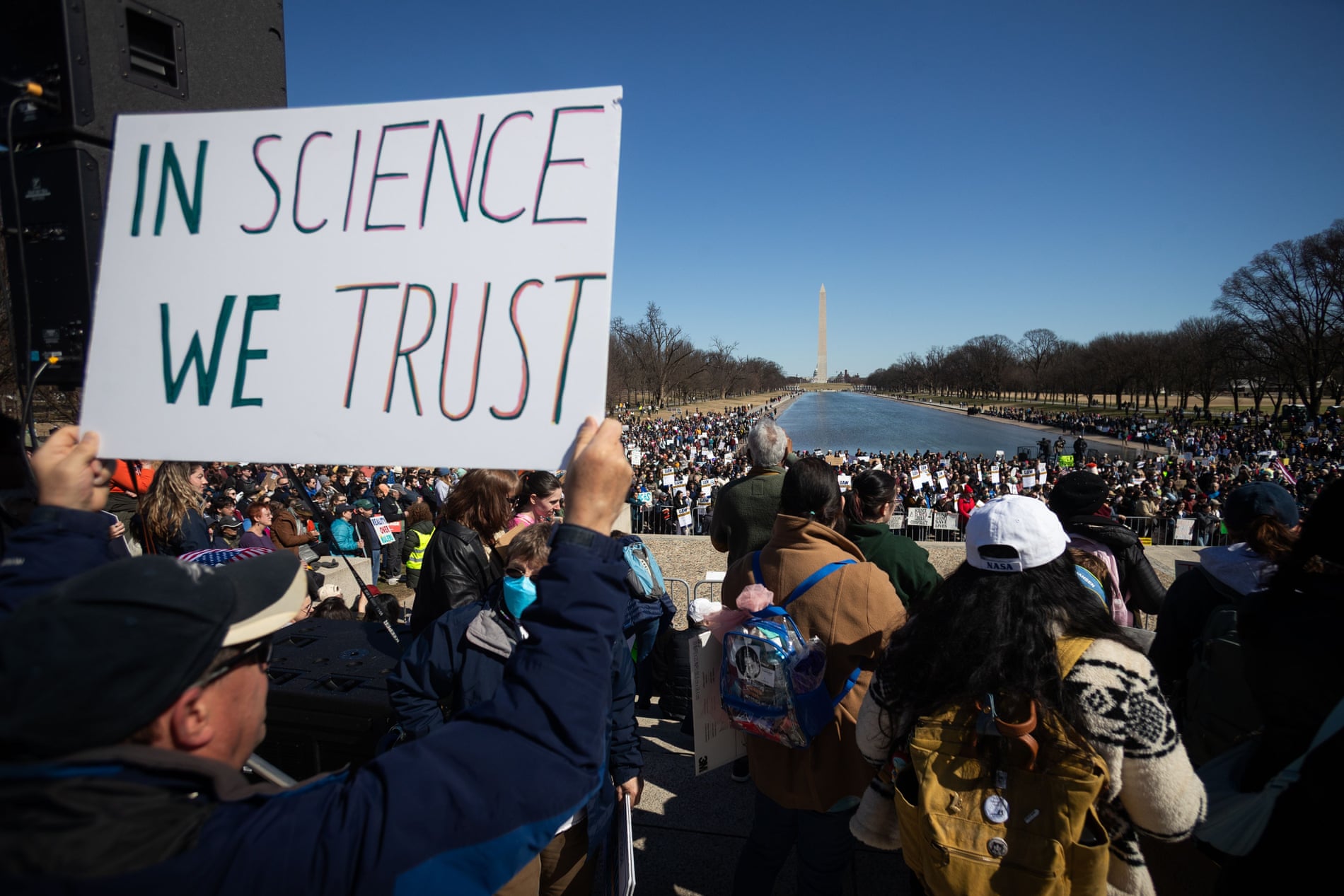 There are oases of water-rich soil that could sustain astronauts on the Moon, according to Nasa. Scientists studied the full results of an experiment that smashed a rocket and a probe into a lunar crater last year. The impacts kicked up large amounts of rock and dust, revealing a suite of fascinating chemical compounds and far more water than anyone had imagined.
There are oases of water-rich soil that could sustain astronauts on the Moon, according to Nasa. Scientists studied the full results of an experiment that smashed a rocket and a probe into a lunar crater last year. The impacts kicked up large amounts of rock and dust, revealing a suite of fascinating chemical compounds and far more water than anyone had imagined.
A Nasa-led team tells Science magazine that about 155kg of water vapour and water-ice were blown out of the crater. The researchers' analysis suggests some areas of lunar regolith, or soil, must contain as much as 5% by weight of water-ice.
The researchers' analysis suggests some areas of lunar regolith, or soil, must contain as much as 5% by weight of water-ice. "That's a significant amount of water," said Anthony Colaprete, from the US space agency's Ames research centre.
"And it's in the form of water-ice grains. That's good news because water-ice is very much a friendly resource to work with. You don't have to warm it very much; you just have to bring it up to room temperature to pull it out of the dirt real easy.
"Just as a point of reference - in about a tonne of material, at about 5%, you're talking 11-12 gallons of water that you could extract."
Artist's impression of LCROSS (Northrop Grumman) The LCROSS spacecraft followed closely behind the spent rocket stage




 Susumu Kitagawa, Richard Robson and Omar M. Yaghi are awarded the Nobel Prize in Chemistry 2025...
Susumu Kitagawa, Richard Robson and Omar M. Yaghi are awarded the Nobel Prize in Chemistry 2025... NASA's James Webb Telescope recently got a front-row seat to some incredible stellar fireworks on the...
NASA's James Webb Telescope recently got a front-row seat to some incredible stellar fireworks on the... The Trump administration can go ahead and purge more than 1,600 research grants issued by National...
The Trump administration can go ahead and purge more than 1,600 research grants issued by National...






























